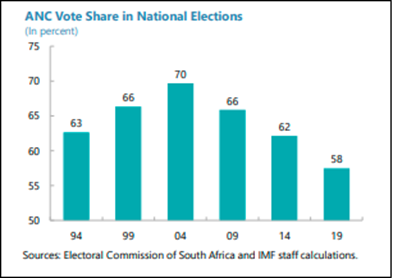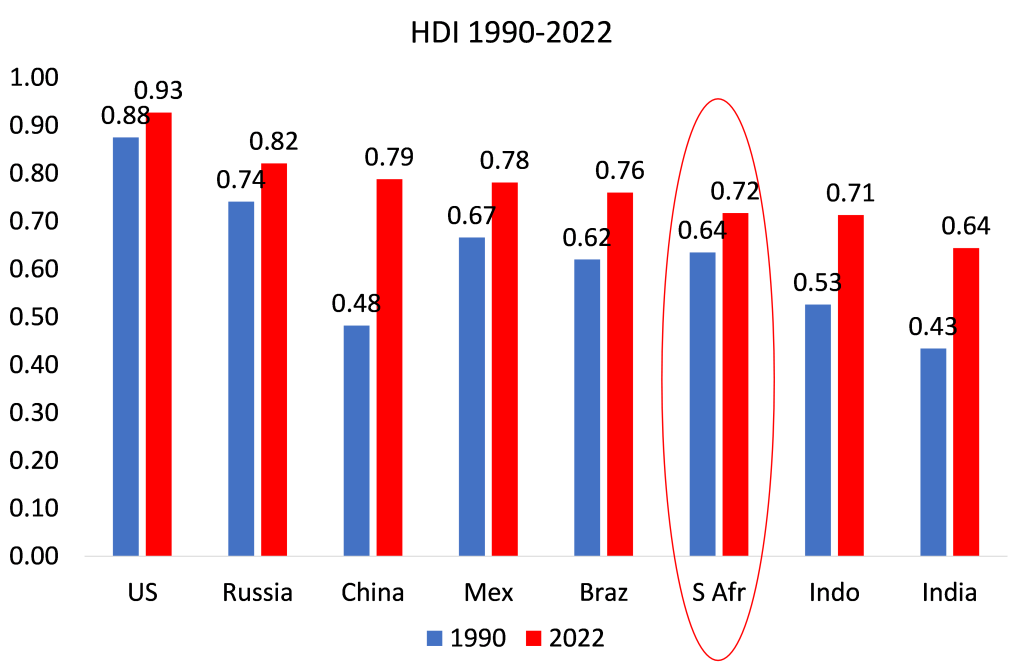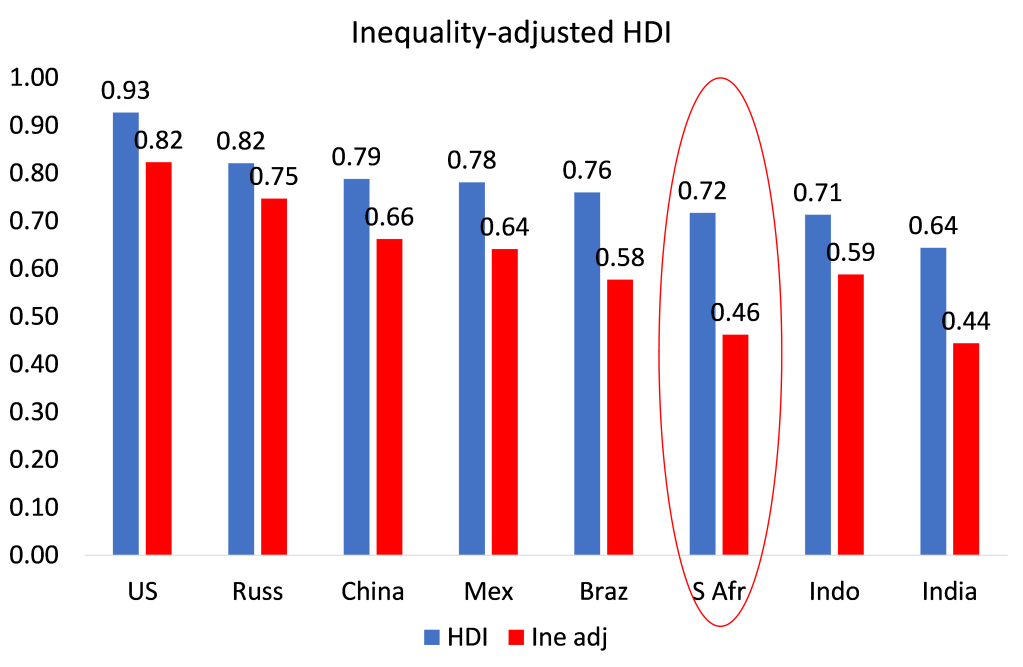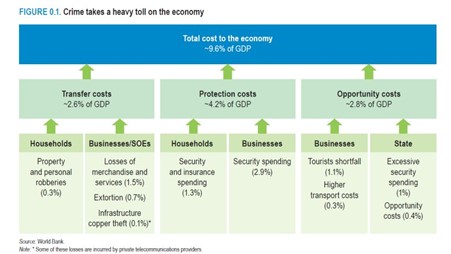The aims of the Left are impossible to achieve without community of purpose. Socialists organize around economic justice for a reason: it is the essential foundation for building a sense of solidarity broad enough to drive meaningful change.
By Eóin Murray
June 2, 2024
Source: Jacobin

Review of Solidarity: The Past, Present, and Future of a World-Changing Idea by Leah Hunt-Hendrix and Astra Taylor (Pantheon, 2023)
Just after the 2004 Tsunami, I enjoyed lunch with friends in Jabiliya refugee camp in the northern Gaza strip. At that time, the camp was densely populated and deeply impoverished, often prone to flare-ups of excitement that could sometimes turn violent. After lunch, a bullhorn and a ringing bell from outside interrupted our chat. My ears pricked up, alert to any potential danger, but my host quickly resumed his relaxed posture. I inquired about the commotion. “Oh, they’re collecting for the victims of the big wave,” he told me. “It’s happening all over.”
I was — naively — astonished. Here were folks with almost nothing organizing on behalf of those with even less. Years later, I learned about a similar gift, collected by the Choctaw Nation, just after the Trail of Tears, for those facing famine in Ireland. The act is celebrated in the song by Irish singer and activist Damien Dempsey. “Choctaw Nation,” he sings, “I am in your debt. Chocktaw Nation, I just want to thank you.”
Solidarity as debt is a foundational frame for activists Leah Hunt-Hendrix and Astra Taylor in their book Solidarity: The Past, Present, and Future of a World-Changing Idea. One of the earliest instances of this idea is recorded in an ancient Hindu poem which states that “being born is a debt.” The first written mention of solidarity appears in Emperor Justinian’s legal code, which establishes a debt held in solidum as one held collectively. This means, for example, that if a group of farmers band together and one cannot pay rent due to illness or a bad crop, the others cover the debt.
Justinian’s legal code, from the early 500s CE, also heavily influenced French jurisprudence. Louis Bourgeois developed the first comprehensive theory of solidarity by arguing that each of us is “born a debtor to humanity.” This idea of solidarity as a social debt places a particular responsibility on the wealthy to address inequality and to act for the common good.
The idea of our debt to fellow human beings is the start of a sweeping journey through the annals of solidarity. The authors are both veterans of the Occupy movement, and the lessons of that experience are felt throughout. Hunt-Hendrix and Taylor show that broad-based platforms gain real strength through the active participation of large numbers of people. They also highlight that without vision and strategy, movements are more likely to stagnate than progress. Movement building, they emphasize, is a collective process grounded in a secular sacredness that recognizes the inherent worth of every human being.
What’s So Funny About Friendship, Love, and Community?
Philosophically, the book draws heavily on Émile Durkheim, the first sociologist, who wrote extensively on the concept of solidarity. Durkheim’s writings left a significant intellectual legacy and influenced the French legal and social systems, reflecting his commitment to the construction of social cohesion.
Although he wrote during a time when the impact of the Industrial Revolution and the exploitation of labor by capital were still emerging, his arguments against social alienation seem prescient in today’s consumerist society, with its ethos of rampant individualism. “Nothing” Durkheim argued as he surveyed the rise of the modern state, “remains but the fluid mass of individuals.” The counter-possibility, arising from solidarity, is what Hunt-Hendrix and Taylor propose as “friendship, love, and community.”
Although rooted in a democratic socialist tradition, their call echoes that of John P. Clark’s communitarian anarchism, arguing for an “impossible community . . . at the intersection between universality and particularity . . . endlessly working itself out.” It is within this perpetual evolution that we find meaning in our relationships with each other and with our environment. For Hunt-Hendrix and Taylor, acts of solidarity must be bolstered by a solidaristic vision to deliver the possibility of meaningful change, a process they label “transformative solidarity.”
Solidarity’s transformative potential stands in stark contrast to the narrow and closed solidarity of contemporary right-wing politics. However, to harness these possibilities, individuals and collectives, such as labor unions, need to rise above their own narrow interests to engage in campaigns with universal impact. Durkheim argued that “mechanical” solidarity operated in small, homogenous communities, while “organic” solidarity, forming in larger, more complex societies, became achievable when economic and cultural differences were merged to foster cohesion. Hunt-Hendrix and Taylor quote Audre Lorde, who argued that “we must allow each other our differences at the same time as we recognize our sameness.”
Hunt-Hendrix and Taylor recognize the potency of identity politics in fueling localized campaigns. However, to move from collective action to mass politics, the authors advocate for a unifying principle centered on economic justice. This focus on the near-universal experience of economic exploitation allows movements to build by “calling in rather than calling out,” cultivating a shared sense of “us.”
To build this inclusive “us,” Hunt-Hendrix and Taylor cite Saul Alinsky’s model of “no permanent friends, no permanent enemies.” They offer a hypothetical case study involving a Catholic congregation collaborating with a feminist group on a living-wage campaign, despite being on opposite sides of the abortion debate. The book provides numerous case studies of how such transformative alliances can effectively operate in practice.
A noteworthy instance occurred in the Polish winter of 1970, when workers in cities along the Baltic coast began organizing for rights. At the behest of the Soviet Union, the Polish army intervened to quell the workers’ strikes, resulting in the “Black Thursday” massacres. Horrified by the brutality, groups of intellectuals, trade unionists, artists, and leaders from the Catholic Church began to organize. Ultimately, this organizing laid the ground for Poland’s independent trade-union movement, Solidarność (or Solidarity). Solidarity partially originated in the repression of 1970, but it took decades of determination and messy organizing to finally topple the Polish People’s Republic. The movement’s success did not happen overnight, and there were many complex interests to navigate — lessons that contemporary organizers ought to remember.
Charity Is Not Solidarity
At Zuccotti Park, Hunt-Hendrix met a group of like-minded friends who had inherited considerable wealth, each searching for a way to distribute their resources for maximum impact in support of social movements. Hunt-Hendrix is candidly honest about her family history and the way her wealth was earned by her forebears (spoiler: not always with the highest standards of ethical integrity). Her examination of conscience leads to a powerful critique of the ways the wealthy use philanthropy — leveraging the guise of solidarity and altruism — to drive their sectional and financial interests.
One recipient of this critique is the Gates Foundation for its efforts to restrict the intellectual property rights to COVID-19 vaccines. Another egregious example of philanthropic power is a mechanism called a Donor Advised Fund (DAF), which enables the storage of capital assets away from taxes in “charitable” funds. DAFs require donors to provide minimal annual transfers into charitable causes, but often these funds simply transfer money from one DAF to another. For instance, Fidelity Charitable, a DAF, earned $94 million in fees for its services in 2021, yet between 2016 and 2021, it sent $1.5 billion to other DAFs, allowing donors to receive income tax deductions for each “gift.” As a counterbalance to what she perceives as the abuse of philanthropy, Hunt-Hendrix helped established Solidaire, a movement-based organization committed to providing financial support to radical causes.
In the wake of Occupy, Taylor organized a “Rolling Jubilee” of crowdfunded debt elimination, focused on supporting students at Corinthian College who had been defrauded into assuming massive loans. The primary aim was to raise public awareness about the crippling impact of debt on human potential and to advocate for systemic solutions. By 2015, the Debt Collective had organized a student debt strike.
Despite numerous setbacks, the collective slowly built a movement that culminated in the Kamala Harris’s historic announcement that the Biden administration would discharge $6 billion of debt for half a million people. While the outcome fell short of the initial promise and was flawed, it nonetheless provided massive relief for huge numbers of people. The victory has enabled campaigners to focus on funding of higher education as a right, not a market transaction.
Solidarity and the “Secular Sacred”
The book is firmly rooted in a secular perspective. However, the final section of the book is given over to exploration the sacred within a secular framework, termed the “secular sacred.” The authors are clearly familiar with religious traditions, which provide much of the global ethical grounding for solidarity, but they are keen to avoid anything that rings of theology. There is significant room for future exploration of solidarity from inside different traditions as a means of widening social movements.
Pope Francis’s advocacy for “fraternity for all” builds on years of Catholic social teaching, in which solidarity is a core principle. Similarly, the Quran’s call for “a community among you that calls for what is good, urges what is right, and forbids what is wrong” is as powerful a call as that of Rabbi Arik Ascherman, who places his body on the line in defense of Palestinian olive farmers, noting that “there’s nothing quite like getting beaten up together” to forge the bonds of solidarity.
The book’s narrative concludes with Durkheim, whose life was tragically cut short by a broken heart after his son’s death in the trenches of World War I. In his later writings, Durkheim called for a focus on the sacred, rooted in the intrinsic value of each human being. Hunt-Hendrix and Taylor argue that the secular sacred is cultivated by collective action. In the act of coming together, people imbue the ongoing struggle for economic and environmental justice with meaning.
With chapters focused on disability rights, taming the leviathan of the welfare state, and analysis of the anti-globalization movement and indigenous-led ecology movements, the book is a tour de force history of social movements and the lessons of organizing. Its exploration of the possibility and promise of solidarity is a vital tonic for the days when the world feels bleak and it seems like things will never get better.














